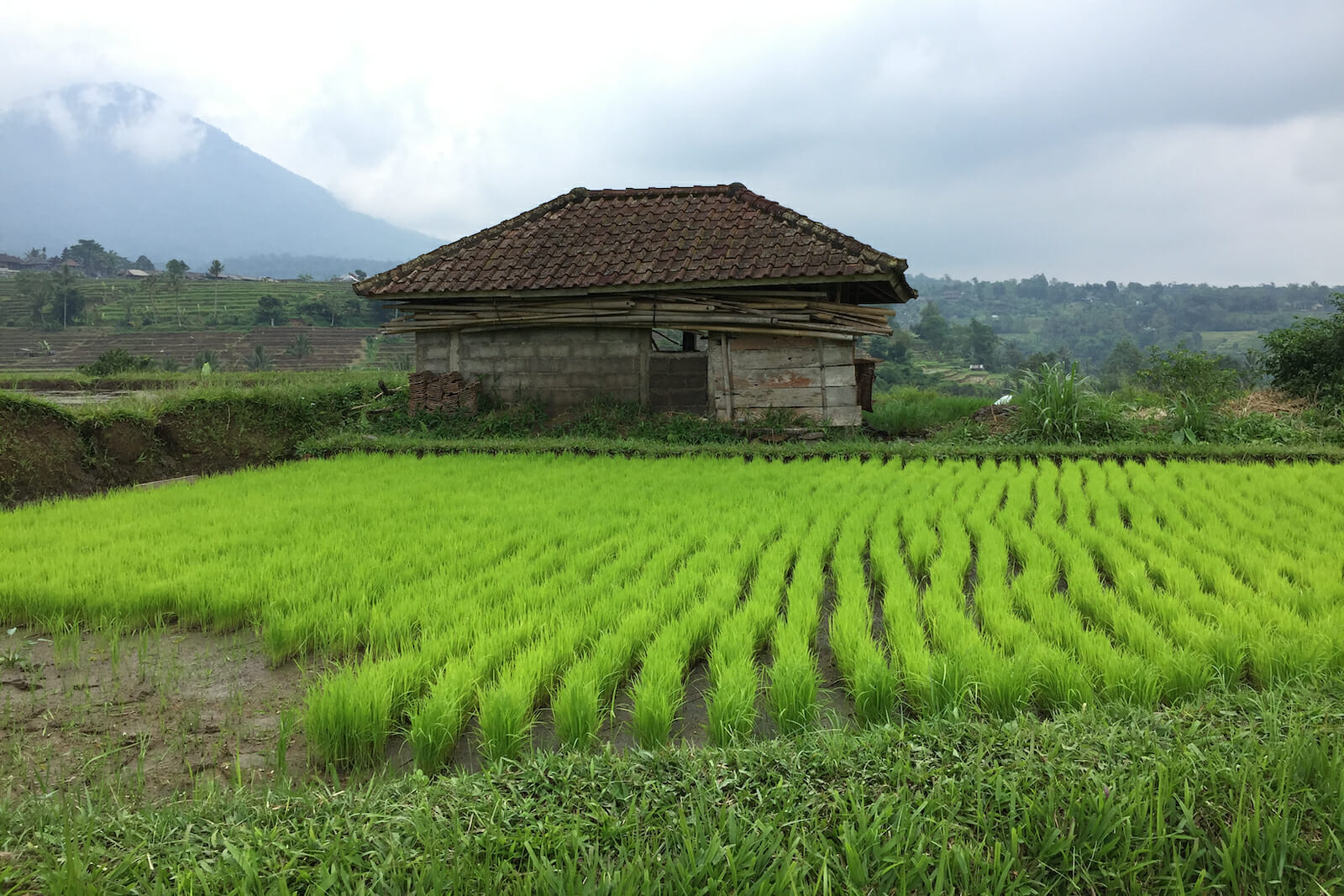
Regional Collaboration To Resolve Food Insecurity
The latest report by the Food and Agricultural Organisation (FAO) for the United Nations reveals troubling figures for Southeast Asia in terms of food insecurity. The total number of people experiencing moderate or severe insecurity has increased from 123.2 million to 134 million in Southeast Asia between 2014 and 2018. Additionally, the prevalence of undernourishment in Southeast Asia was 9.2% in 2018 – a slight decrease from 9.8% indicated in 2015. These indicators are significant because they form part of the Sustainable Development Goals framework and provide an overview of food insecurity at the regional level.
The most commonly presented solutions to food insecurity involve facilitating market access for producers. For example, greater attention is being given to the Global Agriculture and Food Security Program (GAFSP) initiated by G20. Previous examples of support within the Indo-Pacific include providing Timor-Lest with $21 million to assist the commercialisation of smallholder agriculture. These important initiatives can be beneficial in terms of boosting capacity but may not necessarily address the underlying issues that create food shortages. Some of the factors driving food insecurity in Timor-Leste include the impact of population growth and higher and more frequent levels of both temperature and rainfall.
In this case, a multi-faceted approach is required to overcome the complex processes that drive food insecurity. The implications of decreased public investment in research affect productivity levels and in turn people’s access to quality food. Essentially, investing in research collaboration that generates enhanced knowledge and new technologies provides a stable foundation for food systems to operate.
The impact of the food crisis which resulted from surging prices attracted policy responses at the regional level. Though ASEAN’s interest in food security existed since its creation, the food crisis stimulated a sharper focus on the issue. The ‘Strategic Plan of Action on Food Security In The ASEAN Region’ in 2009 was adopted to deal with the offsets of food insecurity. The ASEAN Integrated Food Security (AIFS) framework was created to complement the Strategic Plan based on six thrust areas and respective actions. Other initiatives within ASEAN were established to drive sustainable investment in some key areas. The ASEAN Economic Community (AEC) issued a blueprint where ‘food, agriculture and forestry’ are highlighted as ‘priority integration sectors.’ ASEAN Ministers on Agriculture and Forestry (AMAF) introduced the ASEAN Guidelines on Promoting Responsible Investment in Food, Agriculture in October 2018.
Research and development
The myriad of issues associated with food security, such as natural disasters, urbanisation, food production, and increase in costs of agricultural inputs, require investments in R&D. Even so, one of the fundamental problems in explaining the causes of the food crisis, as well as proposing solutions to food security is the prevalence of ideology over practicality. The debate has largely been set in the context of ‘neoliberalism’ and ‘food sovereignty’ and whether either markets or government should have prevalence. Rather than politicising the issue, practical considerations and research partnerships between states at the regional level are more worthwhile. In this respect, greater investment in research and science are the drivers that help ascertain long-term outcomes.
The ‘Strategic Plan’ mentioned above emphasises the importance of research, as well as development and commercialisation activities. Similarly, ASEAN’s AEC Blueprint mentions the need to enhance ‘collaborative research’ in order to ascertain the benefits of agriculture. Yet, a review of ASEAN’s Grow Asia program showed that ‘researchers, universities, or think tanks’ were not contributing to collaboration. Ultimately, a strategic direction is required to enable universities to improve existing collaboration in a vital area such as food security.
Prospects for success and innovation
Technological developments are being proposed to resolve food insecurity, namely AgTech, which could potentially offer more opportunities for agriculture within ASEAN. The proposed investments in agtech can give ASEAN the potential to generate $65 billion which will boost food production by 25 percent in the next five years. There are indications that universities can stimulate change at the regional level. For instance, the University of Adelaide can test newly developed AgTech inventions having received state government support, including access to land for experiments. Through the University of Adelaide’s collaborations, including the International Center for Agricultural Research in the Dry Areas (ICARDA), will help ‘northern India and western China’ develop dryland agriculture. In this sense, giving research institutions more potential to conduct research applying a multi-disciplinary approach with the inclusion of artificial intelligence (AI) enhances AgTech development. Having the knowledge base which drives commercialisation provides the setting for regional partnerships, economic development, and ultimately higher standards of living.

